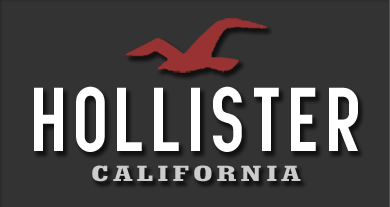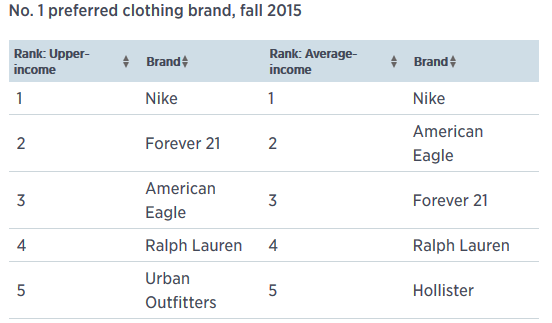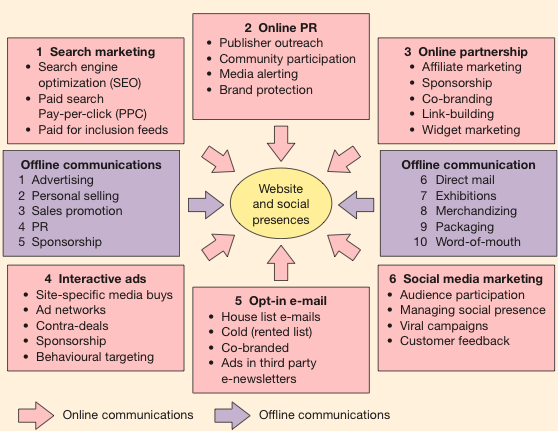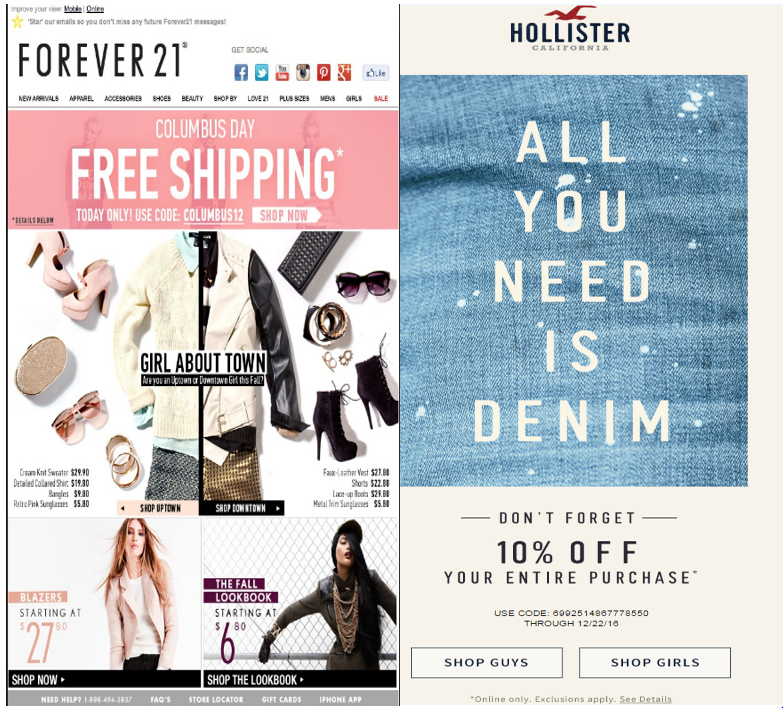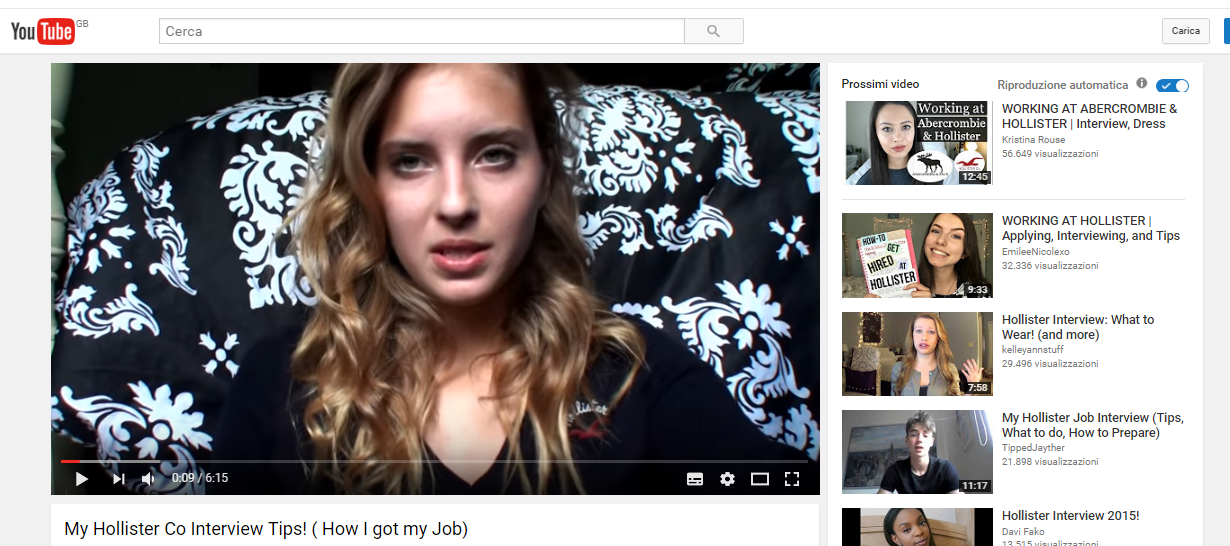DING! YOU GOT MAIL! Interested in a new cat collar produced in China?
These e-mails can be highly frustrating, not only because I am actually allergic to cats, but also because I have never shown any interest in this product, for any reason.. EVER!
Well, this is a perfect example of an e-mail marketing strategy your business should avoid.
Spam is in the eye of whom looks at it
Users can examine your email marketing and decide to send it into the clutter folder based on several criteria; like not knowing your Brand, your business.. or even your product!
Sometimes people may have forgotten they have subscribed to your list in the past or, to their view, the content received is not relevant enough to the reason they subscribed.
You may get lost in the Spam Filters
Outlook, G-mail and all other services work hard to protect the users from irritating or not useful content in the inbox folder. A relevant and interesting e-mail for the potential client may sometimes not reach the folder due to these filters. According to Return Path (2016), 79% of permission-based emails get lost in the Spam folders.
Such preventative measures from the e-mailing services have become necessary due to the increasing threats of criminal activities through e-mails. Alazab & Broadhurst (2014) have researched that within 13 million emails identified as spam, nearly 1.5 million contained malicious web links or attachments for fraud and data theft.
It is therefore necessary to learn how to prepare a user friendly e-mail which would reach the customer:
- Find a balance between images and text – Too many images with little text can trigger the filter. Avoid text overlapping images: filters will only scan the image, ignoring the text.
- Use pertinent and consistent formatting – Do not exaggerate with HIGH CASES, cursive, bold, etc.
- Try not to include attachments – make sure all of your content is present in the body of the email and/or include links to redirect to your website or social networks to give higher info or follow the purpose of your marketing.
- Avoid those obscene terms such as sales offers! Crazy deals and free money – not only the user would be irritated when they discover it may not be true, but also the terms will sound suspectful to the spam filters.
MailChimp (2017) has a more in depth guidance and explanation of the digital codes. Check it out if you’re interested!
Remain Pertinent
You can send your marketing through e-mail only if your message is relative to the products/services the user has expressed interest for. This is important because imagine if you are a company which sells kitchen appliances, you would therefore be able to publicise articles as kitchen towels, plates, etc., NOT cars! Make sure the content is clear and avoid everything that can cause confusion on who you are and what you do. Using a valid address is much better than using a noreply for 2 main reasons:
- It shows to who receives the email that the sender is a company with a reputation and a high Brand status, not a robot that sends automated messages.
- It provides the user an address to unsubscribe from the mailing list.
Finding contacts
Do not buy or share the mailing lists. If someone from a separate company calls you for the purpose of selling their contacts, remember that they may have the right to send them their emails, but you do not. The other way around is also applicable and why would you give away the list you worked so hard on gathering?
Legal Issues
Ryan (2014) has summarised in 4 main points how the UK law protects users from spam emails by fining up to $16.000 among other penalties entities who violate the following rules:
Recipients must be able to opt-out at any time and easily and such actions must be processed within 10 working days
- Source of the email must be traceable
- No deceptive titles
- You must include full postal address
Of course different countries have different regulations so make sure you follow the rules by checking out this Lionbridge (2014).
Knowing that your business can definitely benefit from email marketing is an absolute competitive advantage but it is definitely not easy. The guide should help you to keep you far away from the blacklist and spam folder so that you can reach your potential clients with your newest offers and deals!
Until next time!
References
Alazab, M. & Broadhurst, R. (2015). Spam and criminal activity. Trends & issues in crime and criminal justice, 526, 2-17.
Lionbridge (2014). The Guide to Email Marketing Laws and Regulations by Country. Link
Mailchimp (2016). How to avoid spam filters. Link
Return Path (2016). Analysis of Worldwide Inbox Placement Rates. Link
Ryan, D (2014). Understanding digital marketing: marketing strategies for engaging the digital generation. 3rd ed. London: KoganPage. 185.



